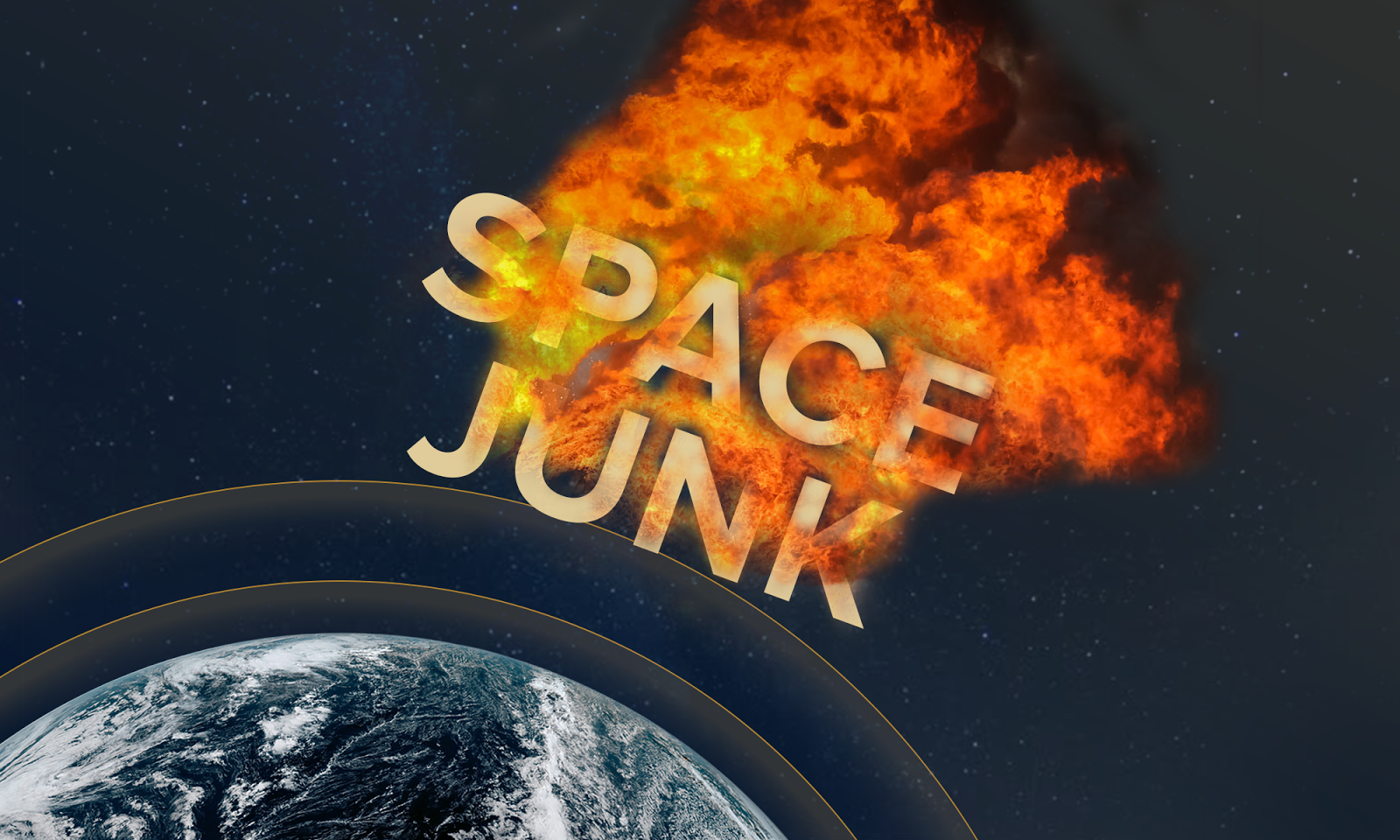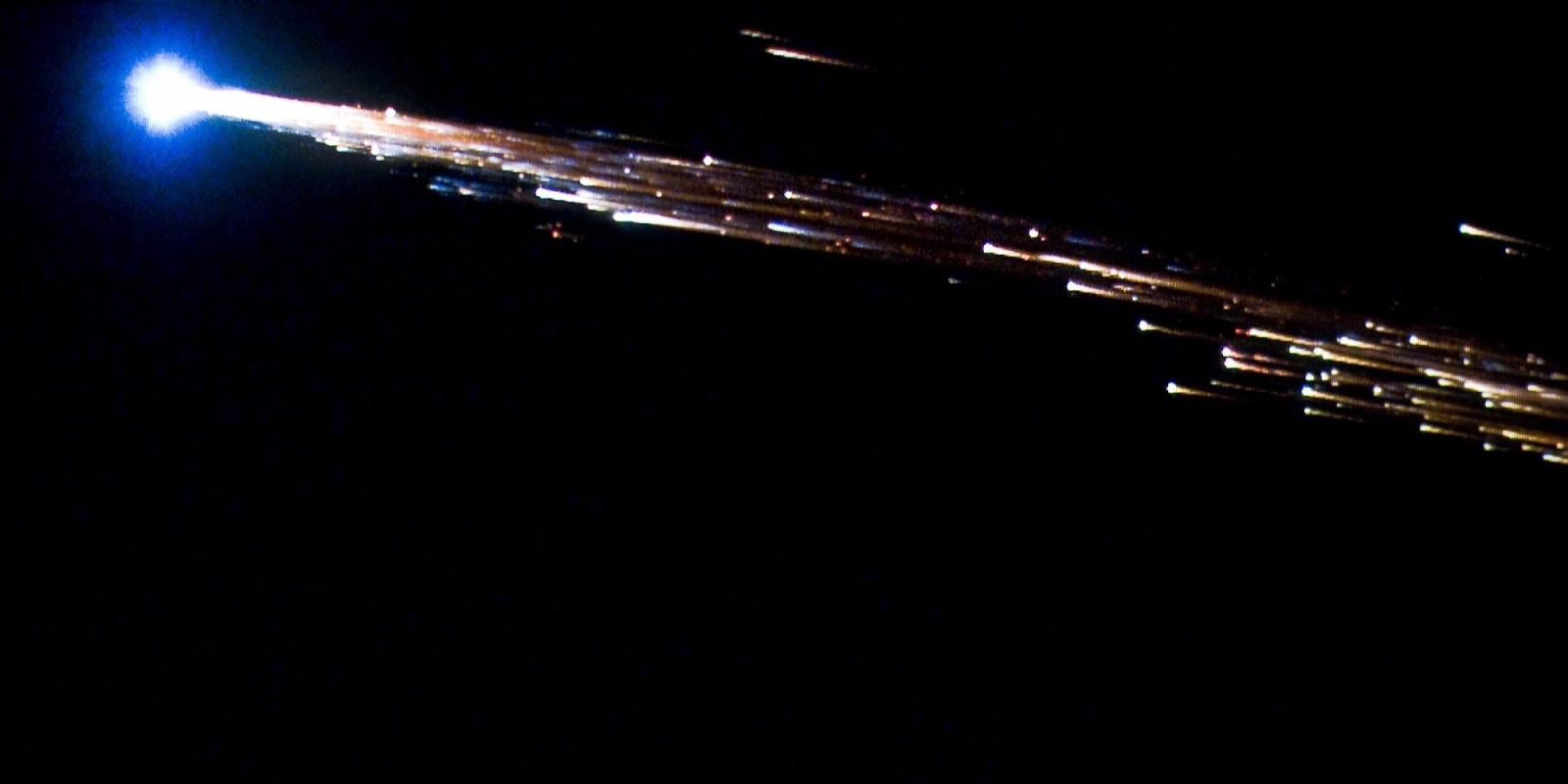Does Space Junk Fall from the Sky?
Special Stories
19 Jan 2018 11:03 AM

The ‘Lethal’ Population of Space Debris
The U.S. Department of Defense in cooperation with NASA currently monitors over 50,000 objects orbiting Earth, 60% of which are tiny, but 40% (roughly 20,000) are larger than a softball. Only about 1,000 are actual spacecraft. Space debris is the collection of defunct man-made objects in space like old satellites, spent rocket stages, and fragments from disintegration, erosion, and collisions. These items are tracked by a Space Surveillance and Tracking (SST) system, that detects, categorizes and predicts the orbits of space debris. The SST is mostly made up of ground-based sensors like telescopes and military radars. The tiny objects in the 60% category, are referred to as they ‘lethal’ population - because they are too small to track and can cause catastrophic damage. This debris is orbiting at an average speed of 22,300 mph, so even a tiny object can wreak havoc. (Think about the famous theory about what would happen if a penny was dropped off the Empire State Building!). As a point of comparison, a commercial airplane jet speeds along at just 575 mph, on average. While space debris is rarely a concern for humans on Earth, our satellites in the sky often have to avoid its dangerous path.NOAA / NASA Suomi NPP Satellite Avoids Head On Collision at 35,000 mph
For example, on an otherwise quiet Sunday in September 2014, the Suomi NPP mission team was monitoring the possible close approach of a debris object (which was determined to be between 4 inches and 3.3 feet in size range). By early evening, the risk was assessed to be high enough to start planning to maneuver the satellite into a safer zone. The team determined that the small space debris object was traveling at a rate of almost 17,000 mph directly towards Suomi NPP. They calculated that if no action was taken, it was likely to miss the satellite by just 300 feet on Tuesday, September 30. With that knowledge, the decision was made at 1:30 p.m. on Monday, September 29, for NOAA's Satellite Operations Facility, or NSOF, in Suitland, Maryland, to reposition Suomi NPP. "Because Suomi NPP moves at a similar speed as the debris object, if there had been an impact, it would have occurred at a combined speed of nearly 35,000 mph. This would have been catastrophic not only to the satellite, but would result in thousands of pieces of new debris," said Harry Solomon, Mission Manager for NOAA/NASA Suomi NPP. Since Suomi NPP's launch in October 2011, it has successfully completed a few Risk Mitigation Maneuvers to avoid space debris!Satellite Collisions in Outer Space
According to NASA’s record, there have been only three major collisions resulting in disaster due to space debris. The first occurred in 1996 when a French military reconnaissance satellite named Cerise was stuck by debris from a French rocket that had exploded a decade earlier. In 2007 China launched a missile intended to destroy an old weather satellite which successfully struck and added 3,000 pieces of space debris to Earth’s orbit. And in 2009 the first collision of two intact satellites occured when a U.S. Iridium 33 exploded after a defunct Russian Cosmos-2251 collided with it at a speed of over 26,000 mph. This resulted in over 2,000 pieces of space debris, one of which passed close to the International Space Station in March 2012 when the crew took shelter in two docked Soyuz rendezvous spacecraft until the debris passed.Where to Safely Crash Space Junk? The Most Remote Place on Earth!
In a global effort to reduce space debris, many satellite mission teams are able to safely maneuver retired satellites back into Earth’s atmosphere so that one of two things occur. For satellites orbiting close to Earth, operators lower the orbit of a decommissioned satellite so that it will naturally re-enter the atmosphere within 25 years (known as the “25-year Rule”). As the satellite begins to fall back toward Earth and loses altitude, the compression and friction in the dense region of the atmosphere closest to the Earth generates a lot of heat which breaks up and burns most of the satellite machinery. Or, if the satellite has enough fuel, it can fly back through the atmosphere and be crashed into the ocean. This Pacific Ocean location has many names, Point Nemo (which is Latin for ‘no one’) and the Oceanic Pole of Inaccessibility. The nearest land mass is 1,450 nautical miles away.
All Weather News
More